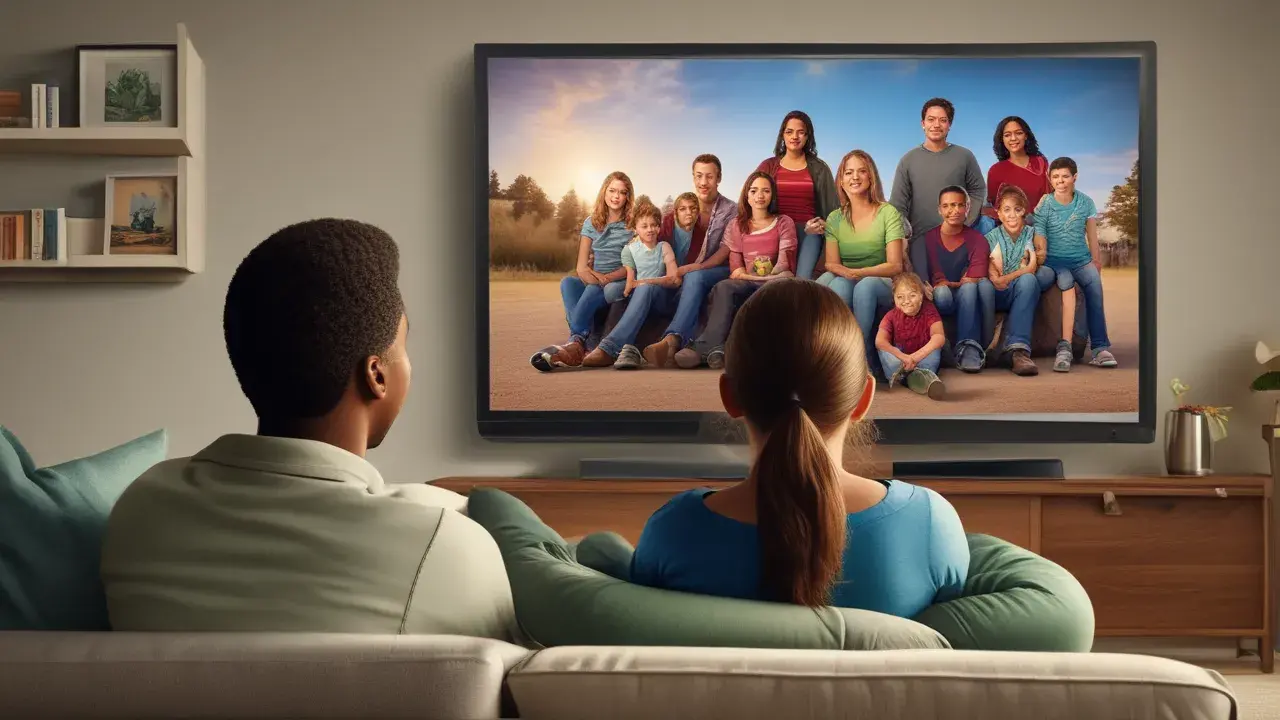
Cabling for the Dish Network satellite television system is not very complicated, and most homeowners can undertake it on their own though it will need some planning and work. By observing the right measures and standard procedures when running cable, you will be able to have your satellite television connected without a hitch. Below is a guide on how to run cable for Dish Network as follows:
Determine The Dish Location
The first step has to do with choosing the location where you will have the satellite dish installed. Ideally, it should not be obstructed from having a direct view of the southern sky. Consider placing it:
- On the roof (the best place to get the best signal).
- On the façade along the South exposure
- It is mounted on a stable pole on the ground.
Do not sit in areas where trees or large buildings may obstruct the view of the dish. You also want it somewhere that the cable can conveniently run to the inside to connect to the receiver…
Install Exterior Cable Conduit
However, if you intend to have exposed cable on the exterior of your home, it is advised to install the conduit for those cable runs. Conduit protects the cables from the weather, animals, lawn equipment, or any other threats.
The use of weatherproof electrical conduit materials such as the schedule 40 PVC. Decide where you would like the cables to run from the dish outside the house inside. Mount conduit securely to the exterior walls or siding as per the required connectors and hangers every 2 to 4 feet. If any conduit is exposed, paint it to blend with your home’s general color scheme.
Run Cables Through the Conduit
Fish cables through the conduit from the planned dish location to where they will go into the house. In most cases, you will require two coaxial cables – one interconnecting the dish and the dual-tuner Dish receiver and the second for multi-room DVR functionality in other TV outlets. Label cables on both ends to avoid confusion between the two ends of the cable.
You should leave some slack on the dish end of the cables so you can adjust the dish if necessary to change the alignment or elevation. When feeding cables through holes in the exterior walls, it is advisable to cover them with grommets to prevent rubbing on the outer layer. Cable sealants should be applied around the cables to prevent water penetration and insect erosion by using weatherproof silicone sealant.
Mount The Dish
Mount the satellite dish according to the instructions provided with the satellite on the chosen outside stand or wall post. Rotate the dish angle azimuth with the help of a compass and change the elevation by identifying it with the help of a leveler in the direction of Dish Network’s satellite orbit position. Tighten all screws, nuts, bolts, etc. used to mount devices securely and firmly.
Attach one end of the coaxial cables to the LNB arm at the back of the dish. If you have several cables, connect them to the correct dual LNB post using weatherproof F connector compression sleeves. Use the weatherproofing sealant around the new connections you’ve just made to avoid future corrosion and loose connections.
Install The Receiver
Bury the cables outside the house up to the room where the Dish receiver will be installed. Make sure that you have an extra cable that will allow you to move the device if needed in the future. The last two cable ends must then be connected to the satellite and TV ports on the back of the Dish receiver using the compression sleeve connectors.
Switch on the receiver and Dish will do a signal acquisition to ensure that your smart card is connected before downloading programming data from the aligned Dish satellite. This can take up to 30 minutes for a new install for the first time with no prior configuration. On the screen, there are instructions to follow when scanning for channels and testing reception with the use of other satellites. If you have issues, you may need to go back to the dish alignment and fix it.
Connect To Additional TVs
For multi-room functionality, you will have to include a Dish receiver such as the Hopper 3 and the Joey system. Run coaxial cables from the Hopper host DVR to other rooms with a powered signal amplifier if the runs are long. Then, connect Joey's companion boxes to the end of such cable runs.
Connect the Hopper host receiver and Joeys through the interior coaxial cables to expand the shows from your DVR recordings, the On Demand listings, and the satellite signal to other TVs in other rooms. Joeys can then switch to view different channels directly from the dish or can view recordings of the central Hopper.
Safety Precautions
Special attention should be paid when cables are routed on roofs and ladders to minimize the risk of falls. Tidy cables and where they are fixed to, use staples/strapping specifically for coaxial cable installations. Cables should not be left with loose loops as they may cause people to trip or affect equipment in some way. In general, strictly adhere to the local building codes specified for satellite dish installation techniques.
One might also avoid the cost of having professionals install cables to support a Dish Network system. Just like organizing the cable routing path, safe installation of exterior conduit, and systematic connection from the dish to the receiver, it’s easy to have your satellite TV up and running and ready to watch your favorite shows.
Ready to upgrade your TV experience? Call us now at (877) 471-4808 to find the perfect Dish Network plan for you! Don’t miss out on great entertainment—our team is here to help you choose the best package and get you started today.





